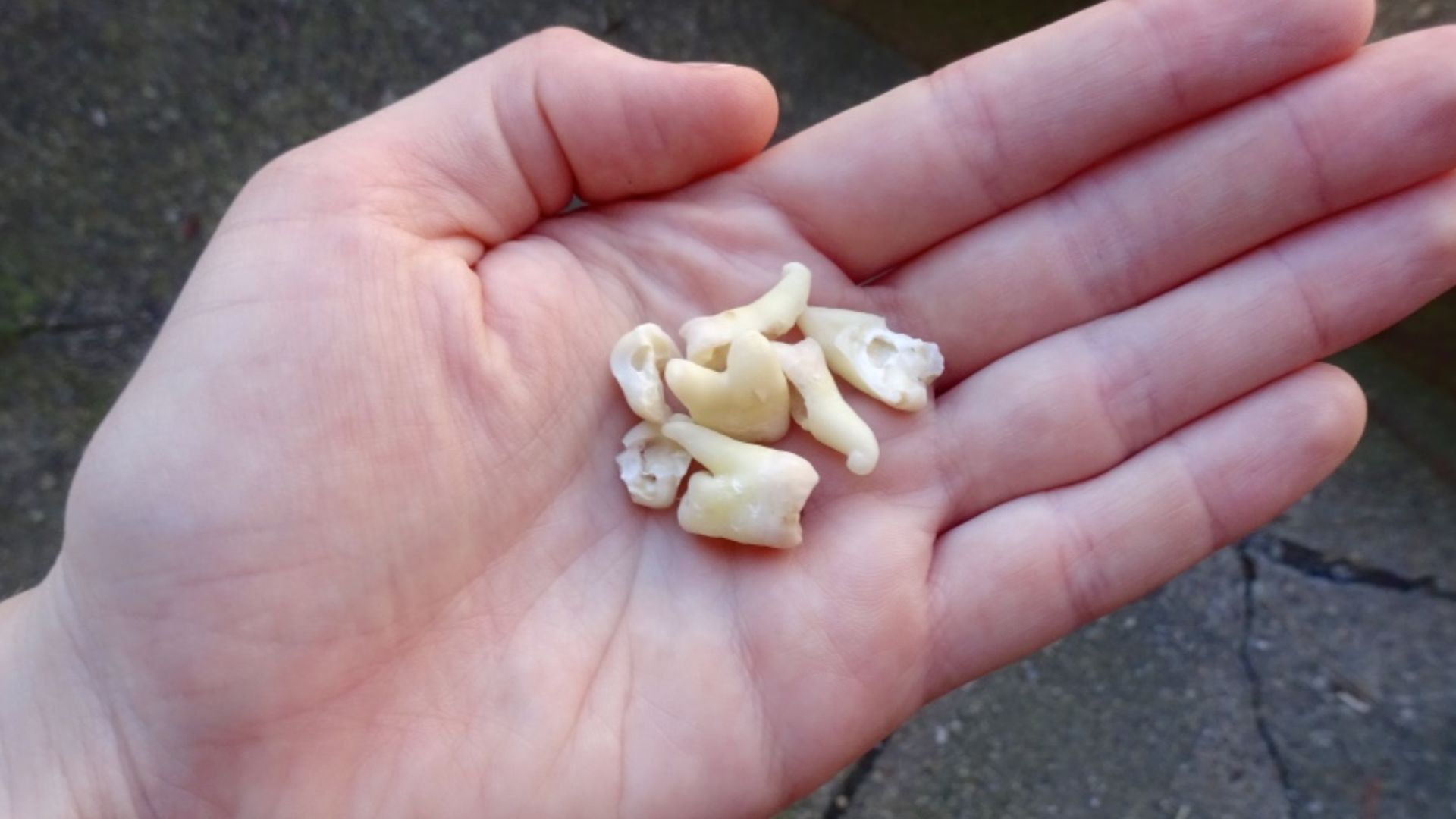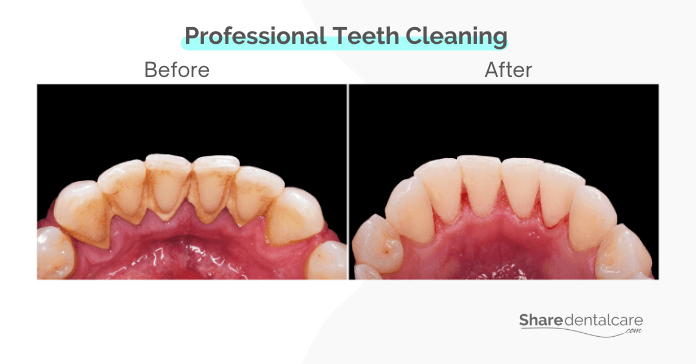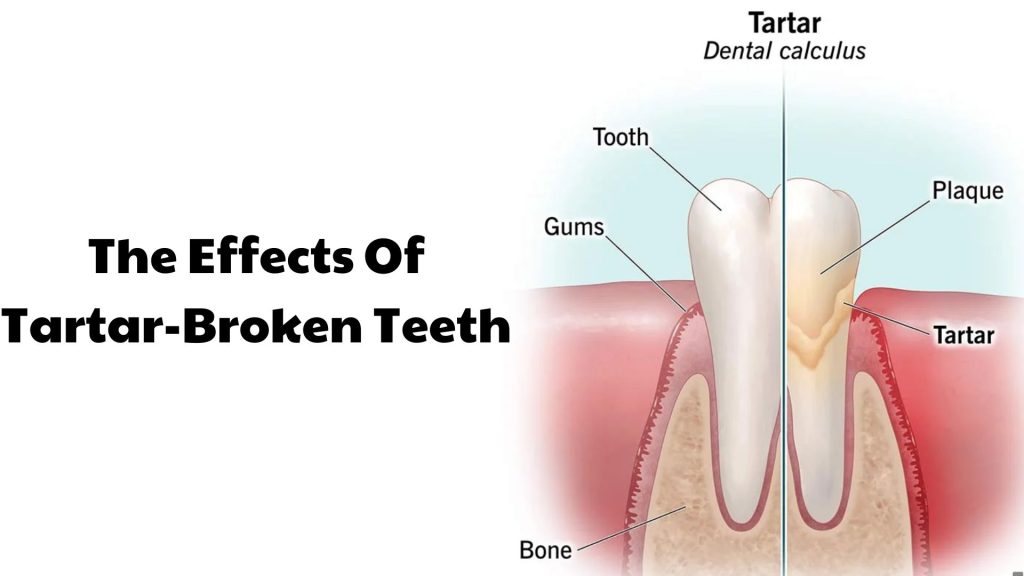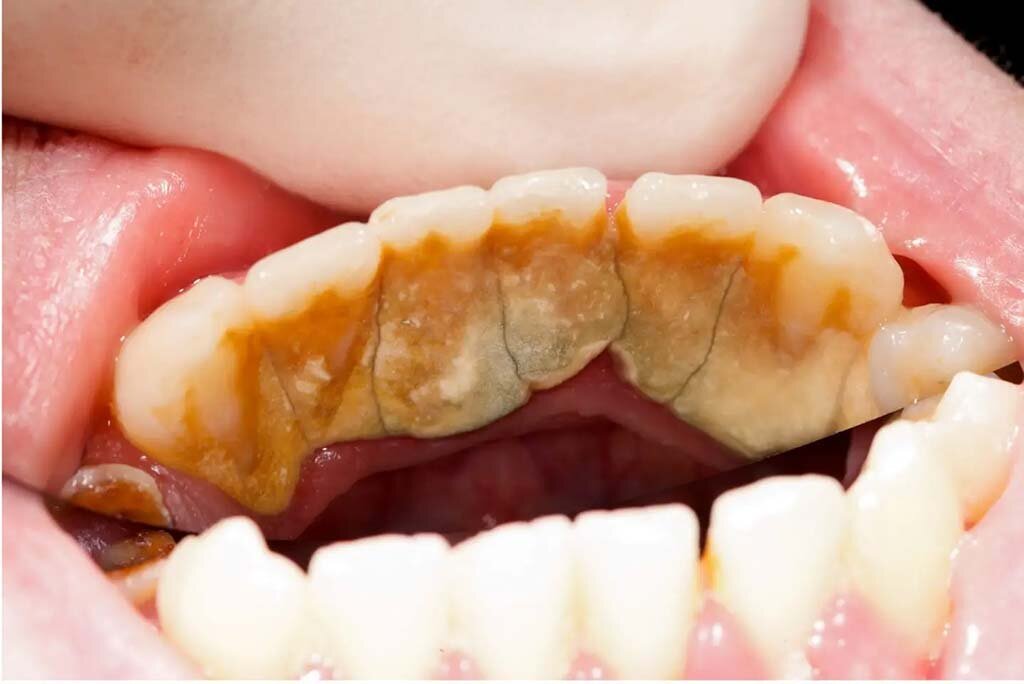What Does Tartar Look Like When It Breaks Off
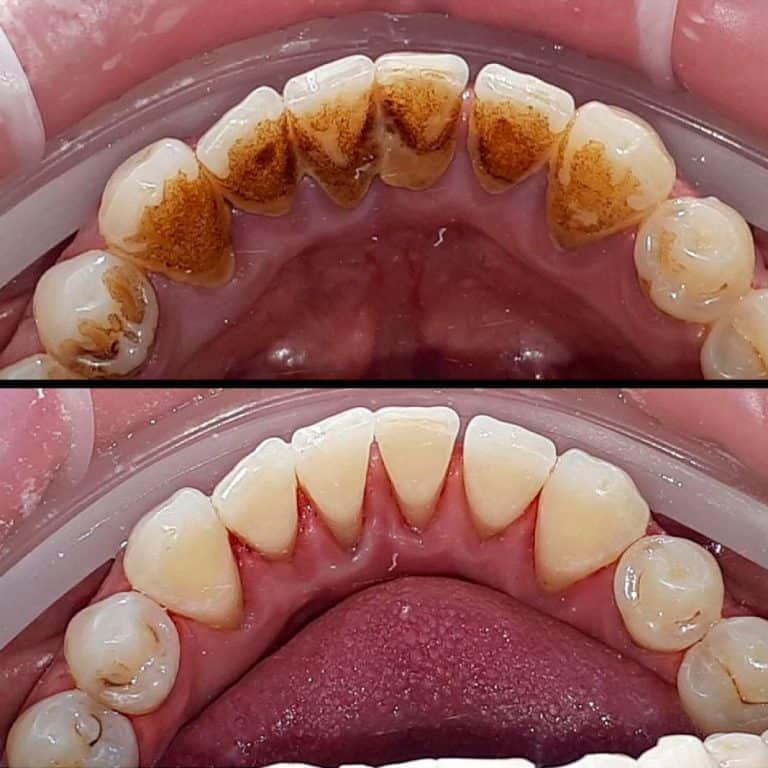
Imagine the relief – a sudden, gritty sensation in your mouth, followed by a wave of freshness. Could it be? Has that stubborn tartar finally dislodged itself, freeing your teeth from its grip? While the idea of tartar breaking off might sound liberating, the reality of what it looks like and what it means for your oral health is more complex than a simple, satisfying "pop."
This article delves into the often-unpleasant truth of tartar's detachment: its appearance, the potential implications for your teeth and gums, and what dental professionals recommend you do (and absolutely don't do) when you suspect it's happening. We'll examine the common misconceptions surrounding tartar, explore the scientific understanding of its composition, and provide actionable insights to maintain a healthy, tartar-free smile. Prepare to confront the sometimes-uncomfortable truths about this common dental issue and empower yourself with knowledge to protect your oral well-being.
What Does Detached Tartar Actually Look Like?
Tartar, also known as dental calculus, isn't a uniform substance. Its color and texture vary depending on several factors, including diet, oral hygiene habits, and even the mineral content of your saliva. Consequently, what you see breaking off can differ significantly from person to person.
Typically, detached tartar appears as small, hard fragments. These fragments are often yellowish or brownish in color, reflecting the accumulation of stains from food, drinks, and tobacco. Sometimes, the fragments might be off-white or even dark brown, indicating older, more heavily stained deposits.
The texture is usually rough and porous. You might also notice larger, more substantial pieces dislodging if you haven't had a professional cleaning in a while. These larger pieces are more likely to be located near the gumline or in hard-to-reach areas.
Common Misconceptions about Tartar's Appearance
A common misconception is that detached tartar will always be a substantial chunk that's easily visible. In reality, it's often small, almost imperceptible, and easily swallowed. This is particularly true for tartar that forms in less accessible areas of the mouth.
Another misconception is that detached tartar is soft or pliable. Tartar is, by definition, hardened plaque. Therefore, any soft or easily crumbled material you dislodge is more likely to be plaque, not tartar.
Finally, the belief that all detached material is tartar is incorrect. Pieces of filling, broken teeth, or even hardened food particles can sometimes mimic the appearance of tartar. If you're unsure, it's best to consult with your dentist.
The Implications of Tartar Breaking Off
While it might seem like a positive sign when tartar detaches, it's rarely a cause for celebration. The very fact that tartar has formed indicates a lapse in proper oral hygiene, which has allowed plaque to harden and mineralize. The detachment itself can also cause further problems.
When tartar breaks off, it leaves behind microscopic irregularities and weakened areas on the tooth surface. These newly exposed areas are more vulnerable to plaque accumulation and subsequent decay. Dr. Jane Smith, a periodontist with the American Academy of Periodontology, emphasizes that "detached tartar often leaves behind a rough surface, making it easier for new plaque to adhere and potentially leading to further problems."
Furthermore, the process of tartar detachment can irritate the gums, leading to inflammation, bleeding, and even gum recession. This is because tartar often extends below the gumline, and its removal, even partial, can disrupt the delicate tissues.
Potential Complications
The consequences of detached tartar extend beyond simple discomfort. If left unaddressed, it can contribute to several serious oral health issues. These include gingivitis, periodontitis (gum disease), and even tooth loss.
Gingivitis, the early stage of gum disease, is characterized by inflamed, red, and bleeding gums. Periodontitis, a more advanced stage, involves the destruction of the bone and tissues that support the teeth. This can lead to loose teeth and eventually, tooth loss.
According to the National Institute of Dental and Craniofacial Research (NIDCR), periodontitis is a leading cause of tooth loss in adults. Preventing tartar buildup and addressing any detachment promptly are crucial for maintaining long-term oral health.
What to Do (and Not Do) When Tartar Breaks Off
If you suspect that tartar has broken off from your teeth, it's important to avoid the temptation to pick at the area. This can further irritate the gums and potentially introduce bacteria, increasing the risk of infection. Instead, focus on gentle but thorough oral hygiene.
Brush your teeth twice a day with fluoride toothpaste, paying close attention to the areas where the tartar detached. Use interdental brushes or floss to remove plaque from between your teeth and along the gumline. Rinse with an antibacterial mouthwash to help reduce bacteria in your mouth.
Schedule an appointment with your dentist as soon as possible. A professional cleaning is the most effective way to remove any remaining tartar and smooth out any rough surfaces. Your dentist can also assess the health of your gums and provide personalized recommendations for maintaining good oral hygiene.
Professional Intervention is Key
Attempting to remove tartar yourself with sharp objects or abrasive materials is strongly discouraged. This can damage your enamel and gums, leading to irreversible damage. Only a dental professional has the tools and expertise to safely and effectively remove tartar.
During a professional cleaning, your dental hygienist will use specialized instruments to scrape away tartar from your teeth. This process, known as scaling, can be followed by root planing, which involves smoothing the surfaces of the tooth roots to prevent future tartar buildup.
Following the cleaning, your dentist or hygienist will likely provide instructions on improving your oral hygiene routine. This might include recommendations for specific toothbrushes, toothpaste, or interdental cleaning aids. They may also advise on dietary changes to reduce your risk of future tartar formation.
Looking Ahead: Preventing Tartar Buildup
The best way to deal with tartar is to prevent it from forming in the first place. This requires a consistent and diligent approach to oral hygiene. It's about more than just brushing your teeth; it's about adopting a comprehensive routine that addresses all aspects of your oral health.
Regular dental check-ups and cleanings are essential for removing plaque and tartar before they can cause problems. Aim to see your dentist at least twice a year, or more frequently if you have a history of gum disease. Consistent professional care is a cornerstone of proactive oral health.
Ultimately, understanding what detached tartar looks like and the potential implications for your oral health is the first step toward proactive care. By prioritizing regular dental check-ups, maintaining excellent oral hygiene habits, and seeking professional help when needed, you can protect your teeth and gums from the harmful effects of tartar and enjoy a healthy, confident smile for years to come.

